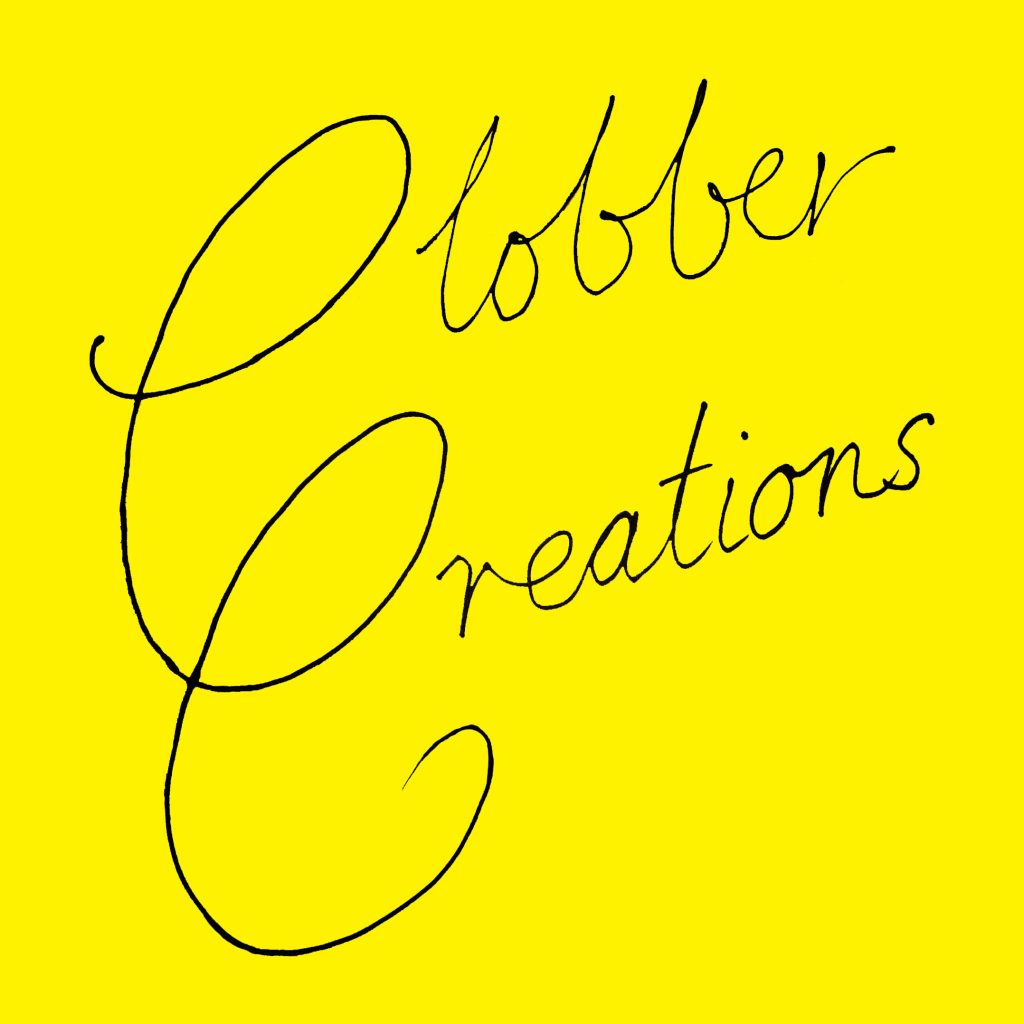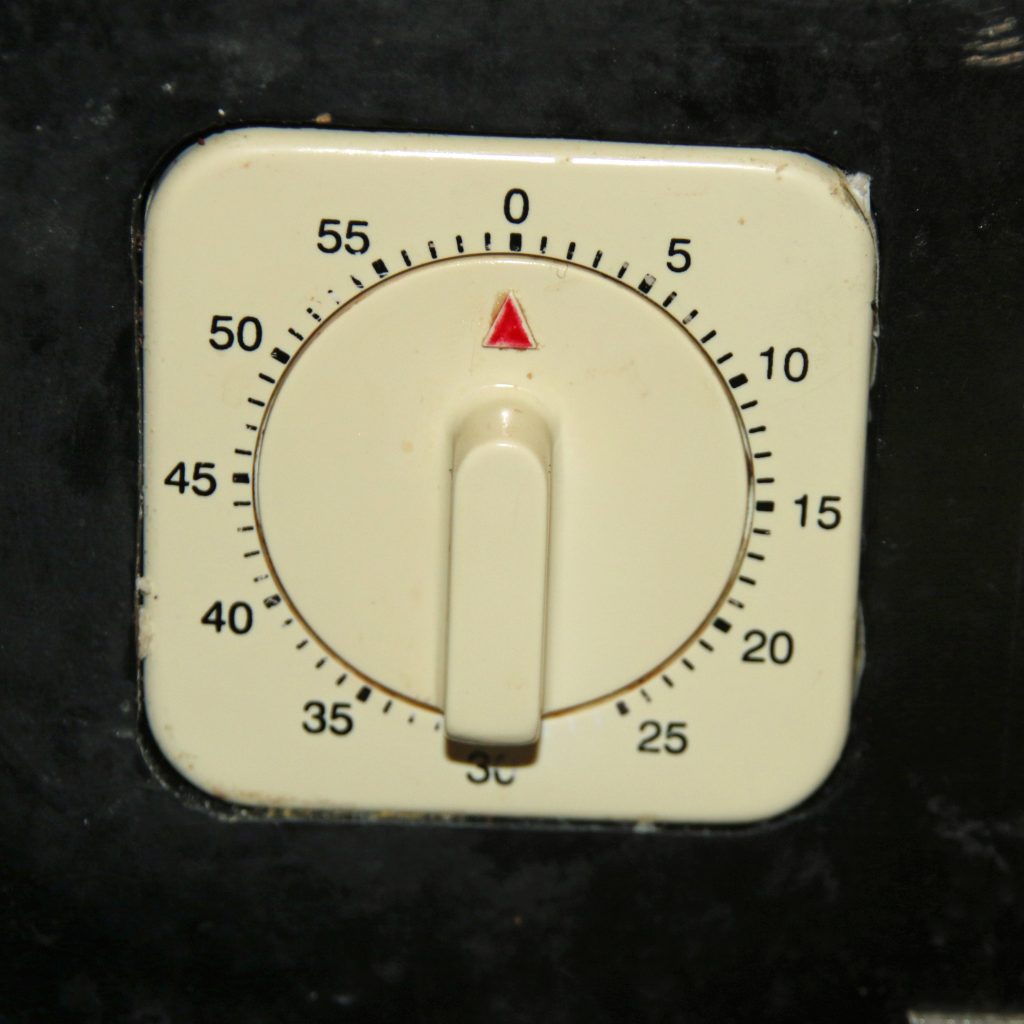DIY Rudolf brooch/badge with light up nose
Hello! Today I am back after a very long break to share a project which I made a couple of Christmases ago. Unfortunately, time has flown, and I haven’t been able to share it with you until now. I’m glad to say that I have finally edited it and I hope you enjoy it. So, one autumn, I decided it would be fun to make a Christmas brooch. While Christmas jumpers are great, sometimes it’s much easier to wear an accessory to make any outfit festive. I was getting into wearable electronics as well, and this seemed like a nice straightforward project for anyone wishing to learn a bit more about this as well.The design I am sharing with you is a reindeer badge. It is made from two colours of felt, sewn together with embroidery floss, though I do use some glue as well. It uses a small sew-on red LED light, secured to the coin battery pack on the back with some conductive thread. The coin battery pack was purchased from Pi Hut and allows you to select a flashing or constant light option.I encourage you to have a go at designing your brooch design but if you like my reindeer, you can download a template off my website for free with the option to make a payment if you wish.Now, I mentioned that this tutorial has been long in the making. I made a slightly different version the year before which used a rechargeable battery which was sewn into the head of the reindeer. It used a more complex electronics design as well. However, I felt the coin battery design was much simpler and more effective. What you need First, I will run through the resources you’ll need to make this brooch.Felt in the colours you wish to use for the face and antlers of your reindeerEmbroidery flossRed LED light - I got them from the pihutCoin battery power supply - I used one from the pihutA wire stripper toolTweezers are optional but can be useful for manipulating the coin battery wires which can be fiddlySwe-on brooch/badge backGlue that can attach plastic to the felt (I used rapid epoxy adhesive)Conductive thread - I got this from the pihutPermanent adhesive spray suitable for fabric - mine is from HobbycraftOptional: fray checkThe brooch templateFabric pen, tailor’s chalk or pencil for tracingBulldog clip or something to help with gluing the coin battery to the felt (you can always check this step to see what I mean)The template 1. Cut out the felt pieces First, I used the template to trace around the reindeer’s face to create two reindeer heads. These were then cut out.Next, I used a white fabric pen to trace around the whole reindeer template onto the antler felt colour and cut this out.I have used a fabric pen to trace but you could use a pencil.Use spray adhesive to stick the antler coloured piece to another bit of the same coloured felt to create a thicker section…
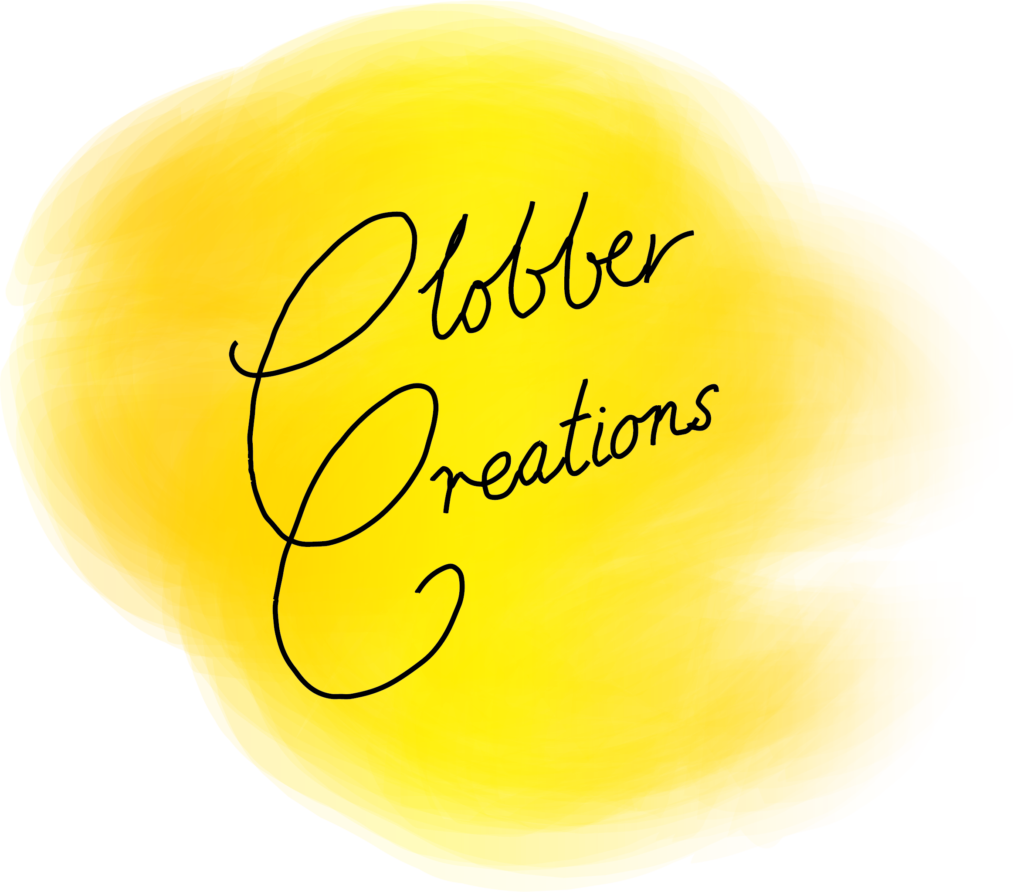
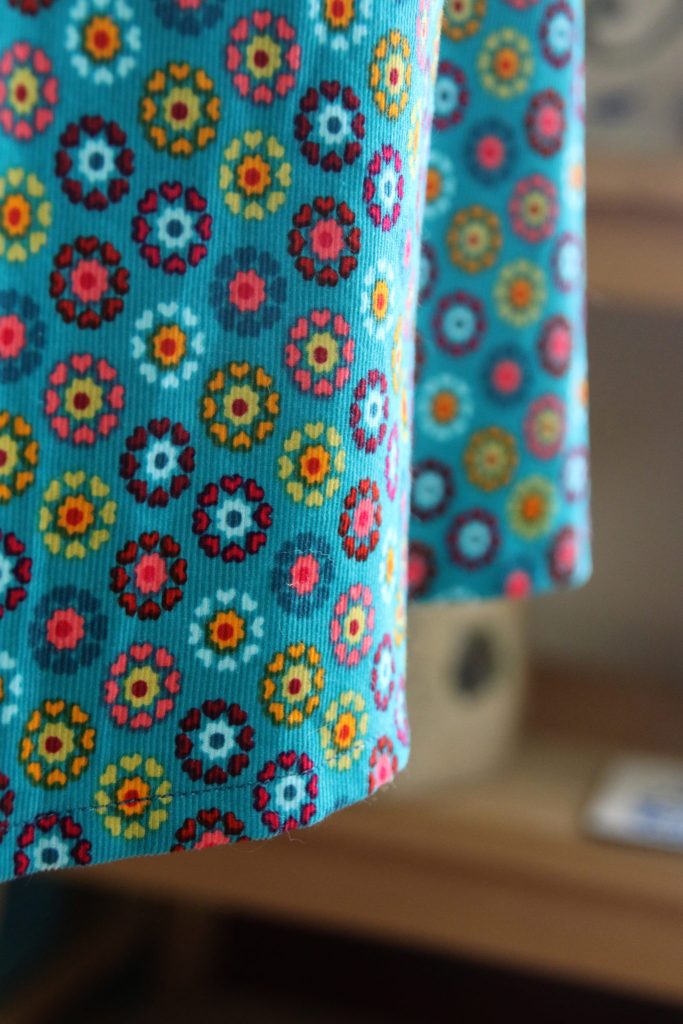
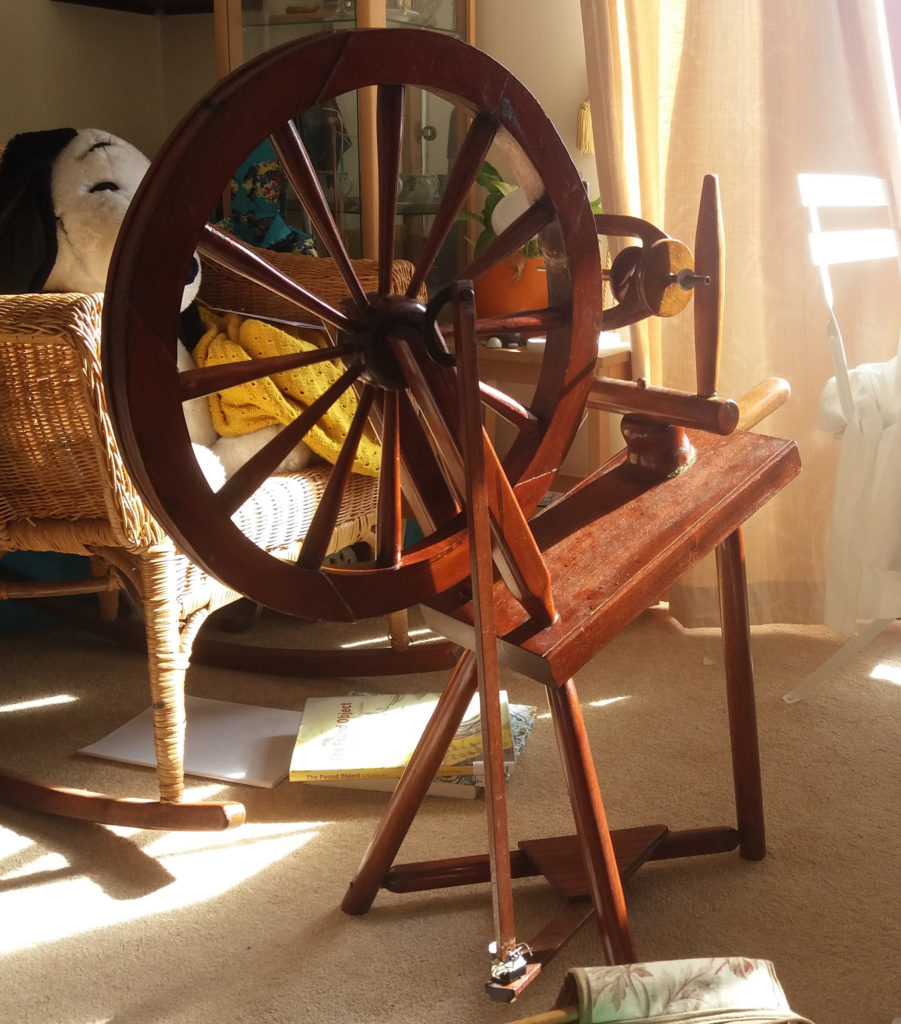
 Meet my most recent random purchase! To be honest, I’ve been keeping a lookout for a spinning wheel for well over a year, but as I’ve never used one, didn’t want to cough up too much money on a brand new one.
Meet my most recent random purchase! To be honest, I’ve been keeping a lookout for a spinning wheel for well over a year, but as I’ve never used one, didn’t want to cough up too much money on a brand new one. 